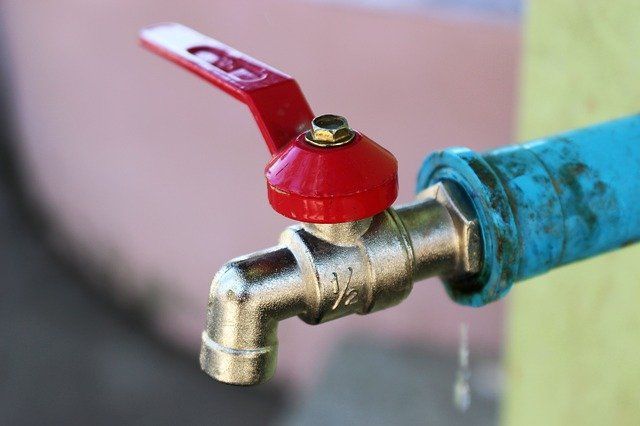Mold in Your Sunset Beach, NC Home
Should You Perform Mold Removal or Mold Remediation?

Mold in Sunset Beach, NC is unfortunately incredibly common. A mold infestation is hazardous to your family’s health and can negatively affect your home’s structure. Hiring a professional for the best mold inspection Sunset Beach, NC offers is an excellent investment. The top way to determine if you have a mold problem in the home is with professional mold testing.
If it’s determined that mold is present in the home, you have two options: mold remediation and mold removal. Mold removal is the process of ridding the home of visible signs of mold. During this process, areas infested by mold are cleaned up. Some homeowners choose to perform this on their own using household items like bleach and vinegar. However, hiring a professional when handling mold is a good idea to ensure it’s removed safely and effectively. The downside to mold removal is that it doesn’t rid the home of hidden mold sources.
Mold remediation is the complete removal of mold in the home. With mold removal, you may experience repeated mold infestations. Mold remediation aims to restore mold spore levels to normal. Mold remediation should never be performed on your home. The process requires expertise and specialized equipment, so it must be performed by a trained professional.
If you want to eradicate your home of mold growth, reach out to us for the best mold remediation Sunset Beach, NC offers. We’ll ensure mold is removed from the home and doesn’t return.



